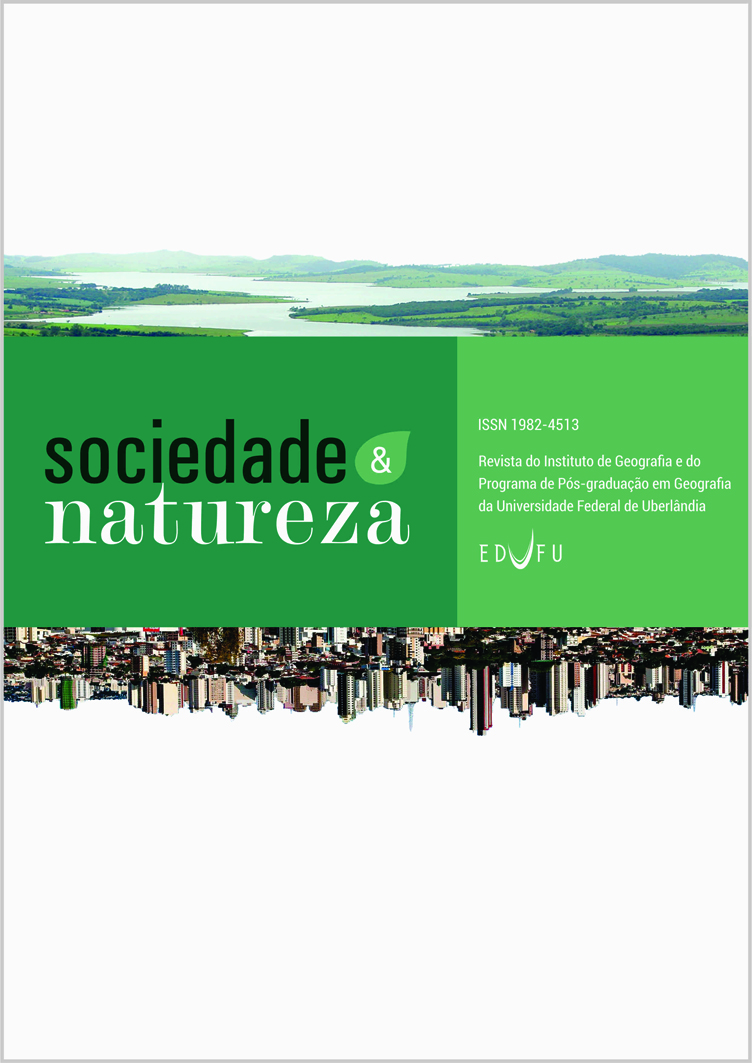Abstract
Rainfall is one of the most important variables for studies of biological processes. In the Amazon, studies on the spatial and temporal distribution of rainfall have been used as an analysis tool in regional planning aimed at the conservation of different ecosystems. This can be exemplified by the construction of agricultural calendars and controlled fires with the objective of preventing the fires that are used to clear fields and pastures from getting out of control and turning into large forest fires in years of severe drought. Our study aimed to model the rainfall spatial distribution in the State of Roraima (1998-2018) at monthly and annual scales based on orbital data from two products available on the world-wide web (TRMM / WORLDCLIM). Ordinary kriging was adopted as a method for modeling precipitation. Roraima has two well-defined climatic seasons throughout the year, but contrasting due to the state’s geographical limit being distributed between two hemispheres. On average, the rainfall of the Af climate is concentrated in the interval between March and August (63.5%), with a peak in May, while Am and Aw from April to September (peak in June), concentrating 73.3% and 82.3% of the rainfall, respectively. Between 1998 and 2018 the average annual precipitation was 1925 ± 339.7 mm, considering the 59 meteorological stations located in the study area, regardless of the hemispheric location. Extreme climatic events have a dramatic effect on regional rainfall, where El Niño years (long droughts) are characterized as drier periods with higher risks of forest fires, while in La Niña years (wetter periods) there are higher probabilities of heavy rains associated with long periods of flooding.
Authors hold the Copyright for articles published in this journal, and the journal holds the right for first publication. Because they appear in a public access journal, articles are licensed under Creative Commons Attribution (BY), which permits unrestricted use, distribution, and reproduction in any medium, provided the original work is properly cited.

